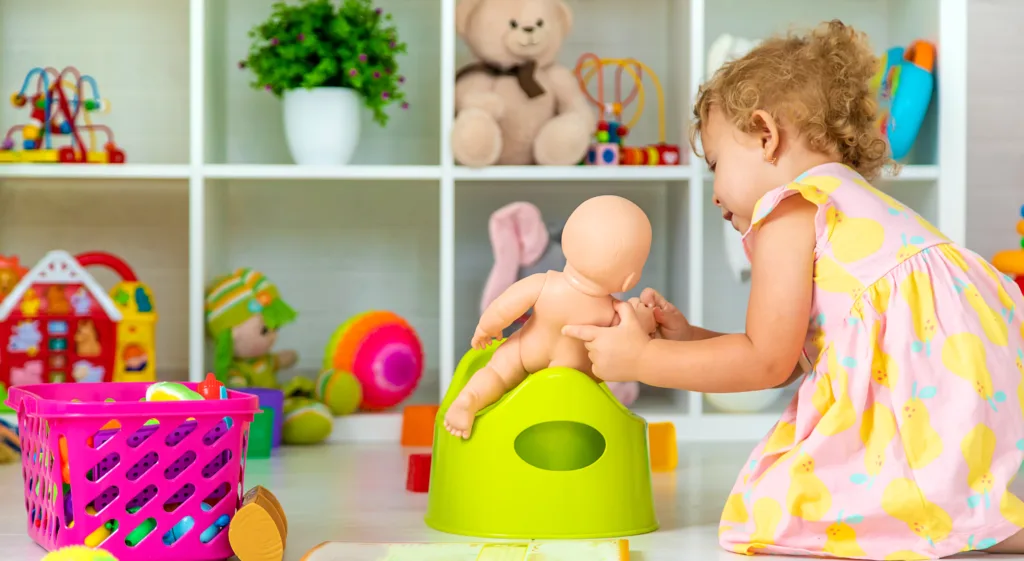Toilet Training Your Toddler: A Practical Guide for Mothers
Toilet training is a significant milestone in your child’s development, marking their transition from diapers to independence (for them and YOU). While every child learns at their own pace, most toddlers are considered to be ready for this transition between 18 months and 3 years.
As a parent, your patience and encouragement play a vital role in making this process smooth and stress-free. Here’s a step-by-step guide to help you navigate this journey with confidence.
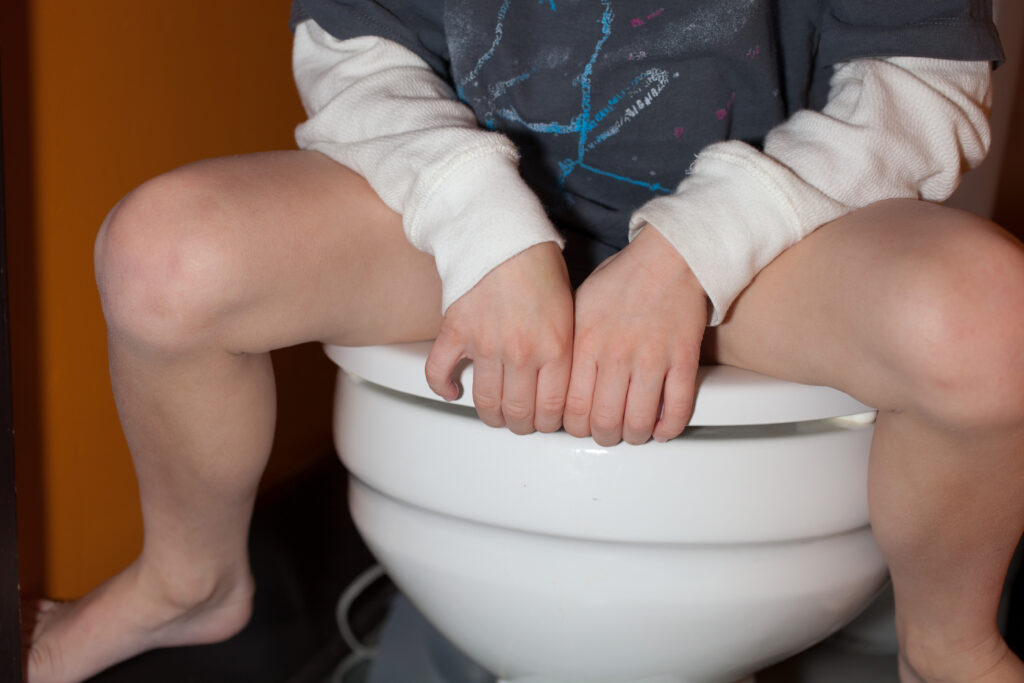
How do you know your child is ready?
Not all toddlers are ready for toilet training at the same age. Look out for these signs that indicate your child may be prepared:
- Staying dry for at least two hours at a stretch or waking up dry from naps.
- Showing awareness of a wet or dirty diaper/pant and fussing for a change of diaper.
- Communicating the need to pee or poop, either verbally or through gestures.
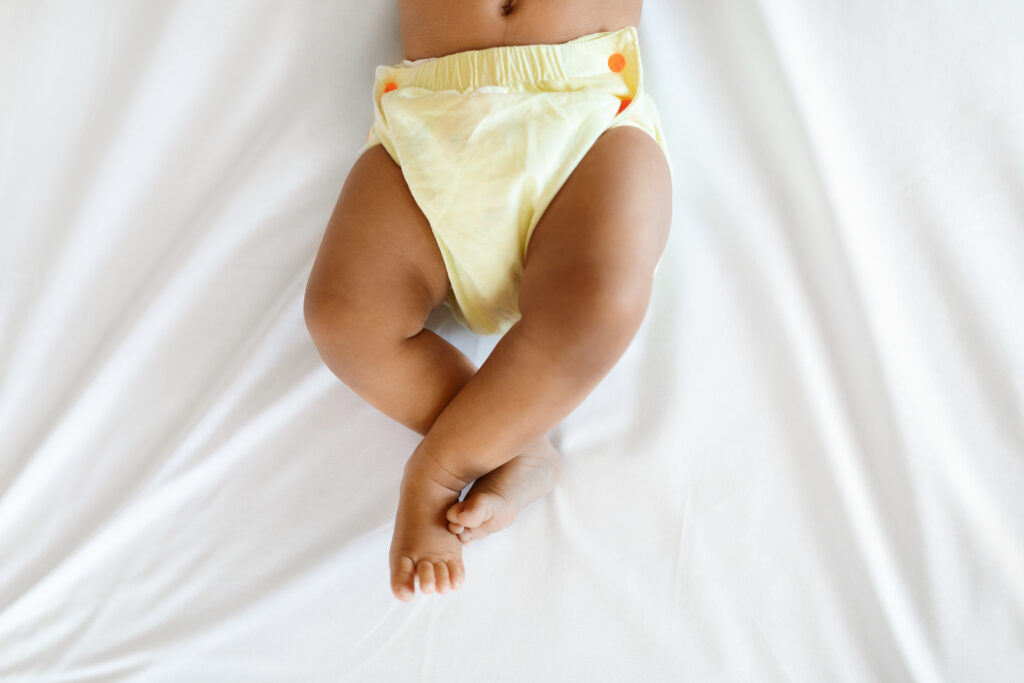
A 7 Step Approach to Toilet Training
1. Create a Routine: Establish a predictable routine by encouraging your toddler to sit on the potty at set times—such as after meals, before naps, or right after waking up. Even if they don’t go every time, this helps them associate the potty with bathroom habits.
2. Choose the Right Equipment :A child-friendly potty chair or a toilet seat makes the process comfortable. If possible, you can get your child to pick their potty seat to create excitement about using it.
3. Demonstrate and Encourage: Children learn best through imitation. Let them see family members using the toilet to understand the process. You can also use books or videos about potty training to make learning engaging.
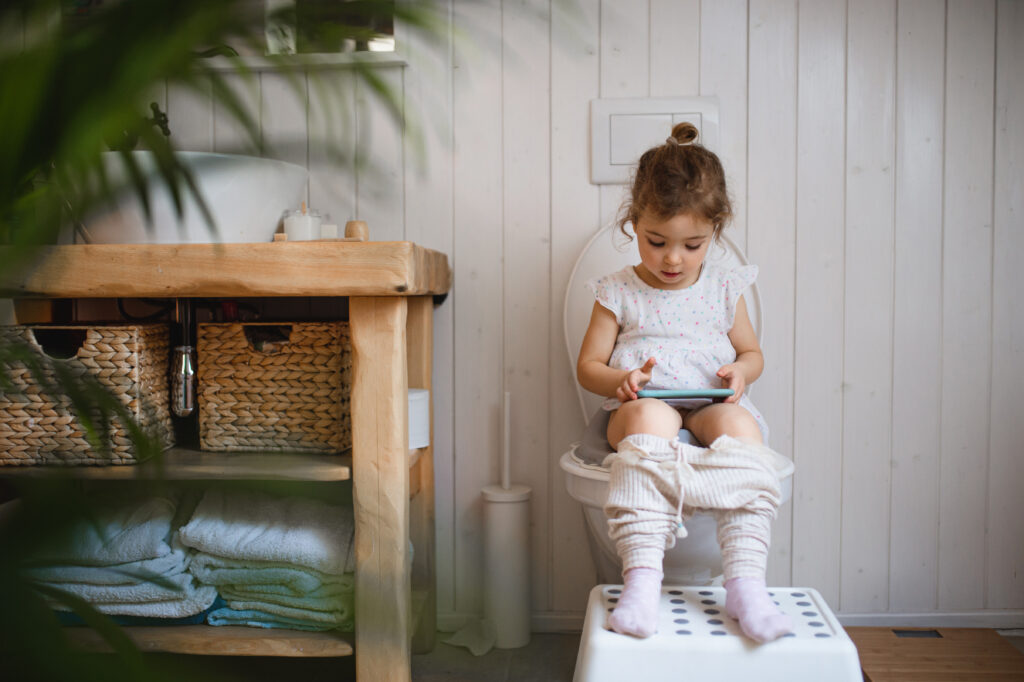
4. Use Positive Reinforcement: Praise and encouragement go a long way in boosting your child’s confidence. Use verbal appreciation like “Great job!” or small rewards like stickers for every successful potty trip.
5. Keep it simple!: Use easy-to-remove clothing to make the process smoother. Avoid overalls, jumpsuits, or tight pants that might cause unnecessary delays.
6. Handle Accidents Calmly: Accidents are a natural part of the process. Instead of scolding, reassure your child and encourage them to try again.
7. Transition to Underwear: Once your child consistently uses the potty, introduce underwear. Let them pick their own designs to create excitement about wearing them.
Getting Stuck?
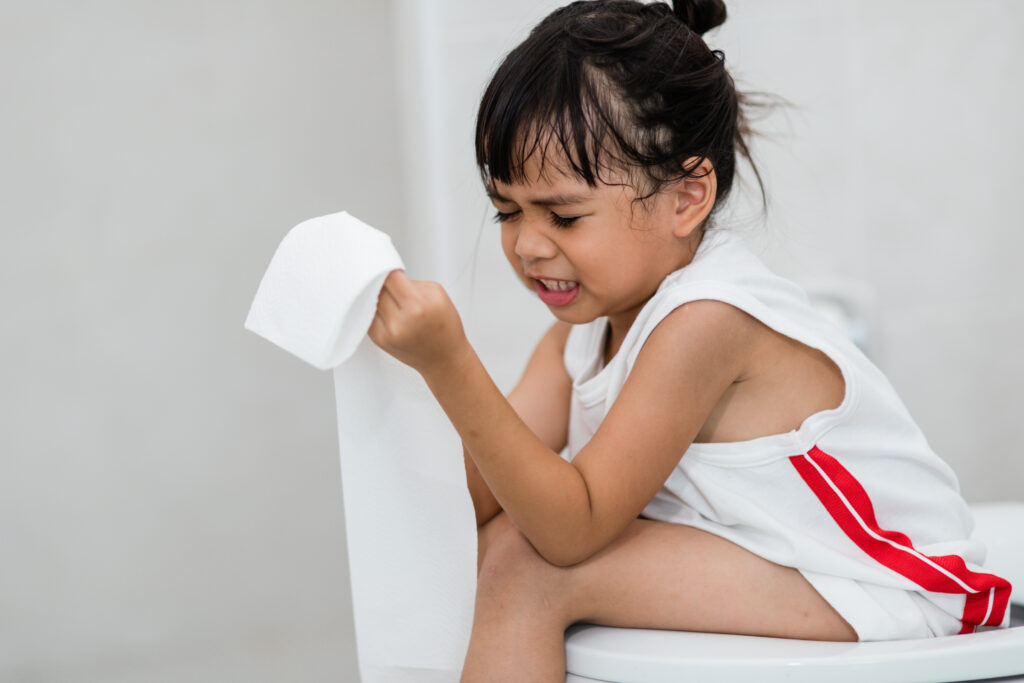
Sometimes some children may get stuck on one step, or may show resistance in the form of pooping only in the diaper, pooping outside the room or while standing. At times, some children also show regression in toilet training.
If you are still unsure why you’re unable to complete the training or need custom guidance for your little one, feel free to drop a message here.
